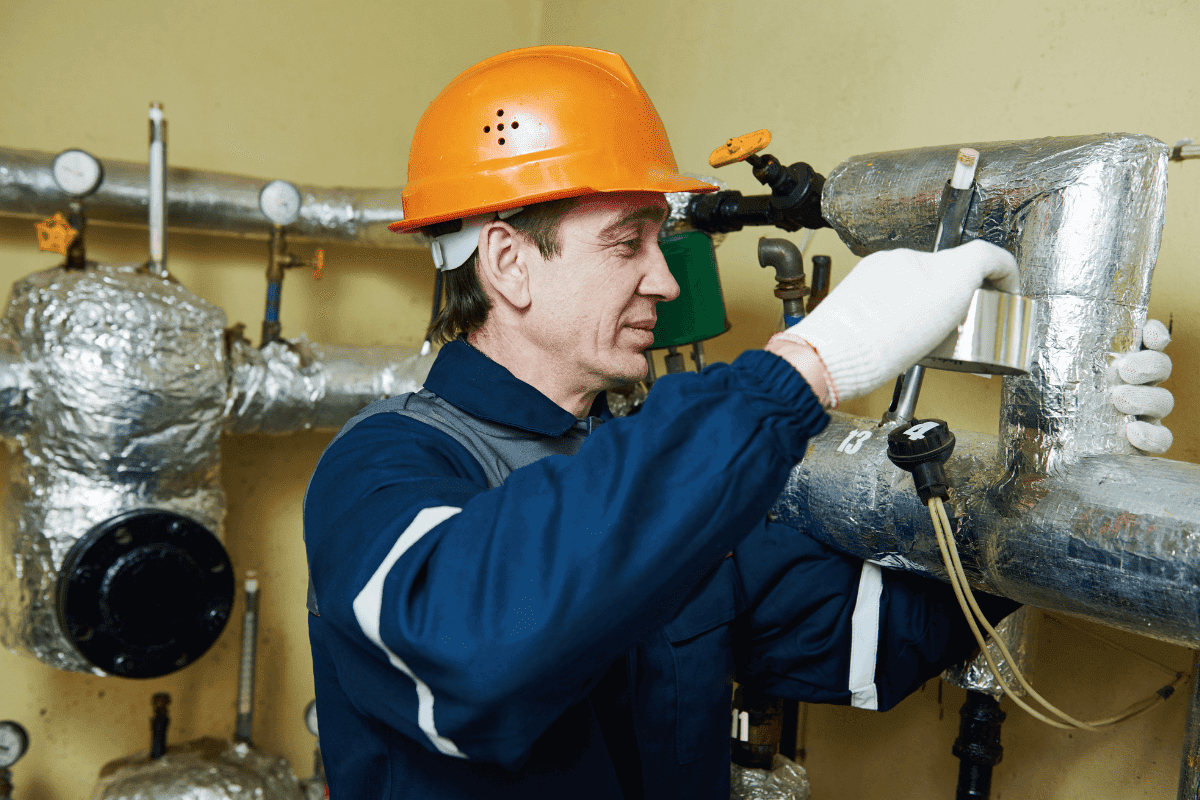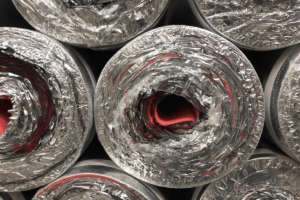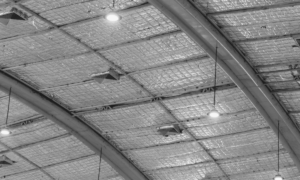

About the Author:
CEO at AlFiPa, responsible for operations as well as purchasing and sales. He is the primary contact for orders and deliveries within the company.
Aluminium is light, robust and durable. In addition, it has excellent insulation values. Aluminium foils work like mirrors. They reflect. In the concrete case they reflect energy.
However, it is not the thickness of the material that is decisive for the quality of the insulation, but the structure of the individual components that are to reflect. This significantly reduces energy consumption. Heat losses are reduced and so are heating costs. There is also good news for builders who want to focus on sustainability and promote it – aluminium is the only metal material that is 100% recyclable without any loss in quality.
Insulating effect of aluminium foils
Aluminium has particularly good thermal and electrical properties. It is extremely easy and due to its multiple positive qualities not to think away from daily life.
- Whether as aluminum foil in the kitchen or engine block in a car, window frame and house insulation etc. Aluminium is also the material of choice for design aficionados and technology enthusiasts.
- The technical properties of aluminium show why this light metal has experienced such enormous growth, especially in recent
- The excellent insulating properties of aluminium have been widely recognized and used in the construction industry, for Whether for the insulation of walls, roofs or in window construction.
- The high reflectivity makes aluminium an almost ideal material with excellent insulating Novel alloys make aluminium even more resistant and robust.
The role of aluminium foil in underfloor heating installation
Aluminium is characterized by its good thermal properties. Aluminium also has a firm place in building physics. For good reason. For example, in the area of heating within a house, aluminium can fully exploit its many advantages. As aluminium has almost perfect properties as a heat conductor, it is obvious that it can also be used for underfloor heating. The high thermal conductivity of aluminium makes it possible to regulate the temperature quickly. Heat-up and heat-down times can be shortened. This means that underfloor heating laminated with aluminium foil reduces costs and is therefore much more economical than conventional heating systems.
For both heating and cooling, it is important to keep energy consumption as low as possible. The excellent thermal properties provide for a heat distribution over the entire surface. The floor is warm and comfortable throughout. The distance between the pipes in the floor can be increased by laminating with aluminium foil. Less material is needed.
Costs are reduced as a result. Ultimately, the high thermal conductivity of aluminium enables significantly thinner floor structures. Even a direct laying of parquet and laminate on the underfloor heating is possible. Thus, the installation of aluminium-laminated underfloor heating is now also possible in old buildings.
Advantages of aluminium foil behind radiators

Benefits of aluminum foil placed behind radiators
Heating costs unfortunately go only in one direction, namely upwards. The costs for fuels have unfortunately only risen in recent years. So it is hardly surprising that tenants and builders are looking for ways to reduce their heating costs, or at least not let them rise further.
Especially in old or older houses without energetic insulation, the walls behind the heating are often very cold. Much valuable energy is lost. Insulation at this point can pay for itself within a very short time. However, such energetic work should be monitored and controlled by an independent energy consultant. This is because errors in building physics can happen quickly and may be difficult to undo.
Both wrong materials and their faulty processing can cause more damage than the hoped for benefit. Often a subsequent insulation of radiator niches should be coupled with a radiator renovation. Here, experts advise the use of aluminium-laminated insulating foils that have been fully bonded. Thus, one can counteract a mould formation.
The advantages of aluminium foil in heating construction
Often, especially in old buildings, the outer walls are thin. Energy is lost. However, renovation or facade insulation of the old house is not always possible. In order to save energy costs, walls, floors and ceilings have to be insulated from the inside.
In order to find out whether a simple radiator niche insulation is worthwhile at all, one should get advice from an independent energy consultant.
But a professional and high-quality aluminium foil behind your heating can reduce the heat loss via the outer wall and thus help to save valuable heating energy. This is because the radiator reflection fleece ensures that the heat emitted is reflected back into the living space. Since aluminium foil reflects energy, i.e. heat, very well, aluminium foil is also very suitable here and can help to save a lot of money. But beware of so-called thermal bridges. Condensation water collects here and the dreaded mould can easily develop.
Therefore, it is essential to ensure that the aluminium-laminated foils are properly applied behind the relevant heaters.
The role of aluminium foil under laminate floors
Aluminium is a valuable material in terms of building physics. The use of aluminium laminates can also be useful and important in the flooring sector and especially for laying laminate floors. Here aluminium plays the important role of the vapour barrier. Many impact sound absorbers are available with and without aluminium lamination. Aluminium lamination is always used when a vapour barrier is required.
This ensures that moisture, which comes from the subsurface can be delivered to the top floor in a controlled manner. For example, it can be prevented that the floor structure at the click connection swells up due to too fast and too much rising moisture. This prevents the penetration of e.g. room humidity.
Separately laid vapour barrier films also fulfil this task. However, they have the disadvantage that by laying an extra layer, one more working step is created. In terms of building physics, aluminium foil or the lamination of laminate with aluminium foil is also an important component when it comes to laminate.
Heat resistance of aluminium foil

Aluminum foil’s resistance to heat
Aluminium is the most used metal after steel. Not surprising, since it has hardly any disadvantages. Despite its low weight, aluminium has a very high strength. Still, it’s malleable.
Virtually every industry benefits from the advantages of aluminium. In the temperature range from -80 to + 150 degrees the material properties of aluminium remain constant. Even in the form of extremely thin rolled foil, aluminium can score with its numerous advantages. Aluminium foil is extremely heat resistant. And even in extreme cold, aluminium foil is only tougher and its hardness increases. Long service life and strong UV radiation have no influence on this material. The smooth surface allows easy cleaning. Heat can be extremely well absorbed by aluminium (from) can be managed. Aluminium foil is very often laminated on carrier material for strong heat protection. Thus, the light weight and good heat protection can also be optimally used, for example, by the fire brigade and fire protection.
Heat protection using aluminium foil
As aluminium has excellent thermal properties, it is also ideally suited for protection against heat and heat radiation. For example, it is used in roller blinds and venetian blinds as a vapour-deposited layer for roof windows. Specially coated sun protection windows can also be worthwhile for large window areas.
Firstly, roller shutters are reinforced with aluminium, which also helps to protect against burglary. Secondly, roller shutters are provided with aluminium foil, which can have a great influence on the indoor climate of the house.
With the help of aluminium foils, a great deal is generally achieved in building services for a healthy and economical indoor climate.
Alufoils are used in the area of sun protection. Insulations with applied aluminium foils are also used for heating construction and piping.
Aluminium reinforcements give windows more security and better thermal values. Heat protection or thermal insulation would hardly be conceivable in many areas without the use of aluminium and aluminium foil in its current form.
